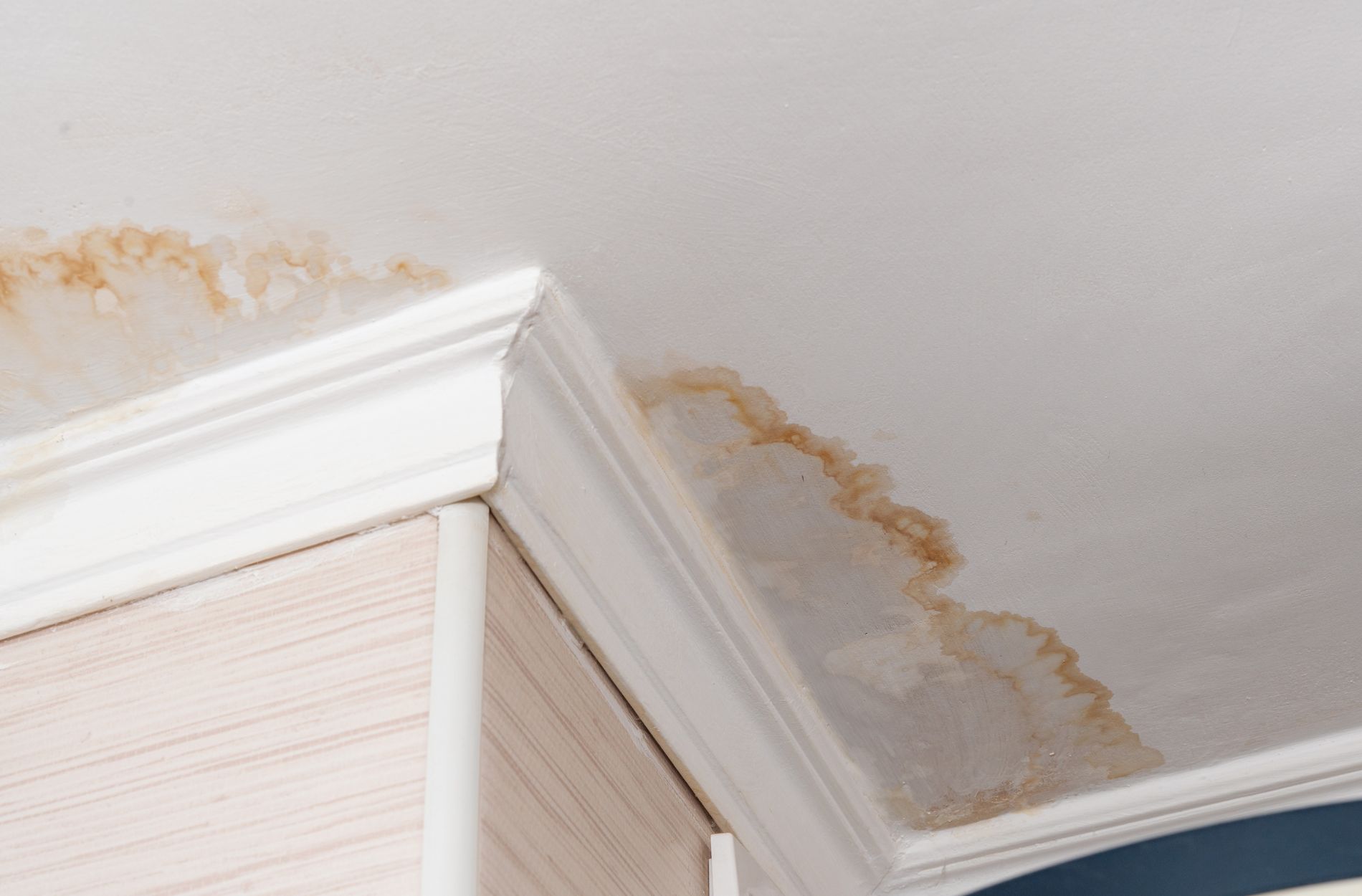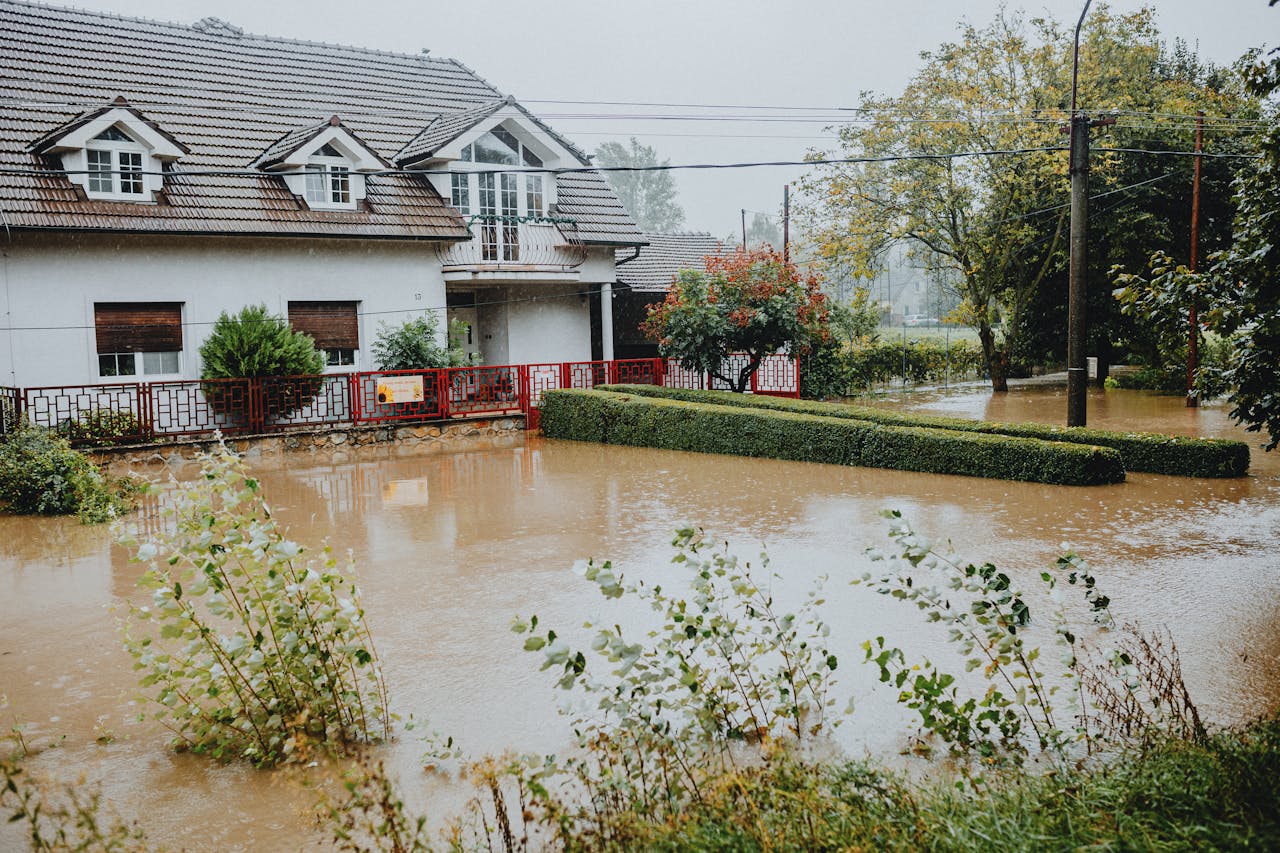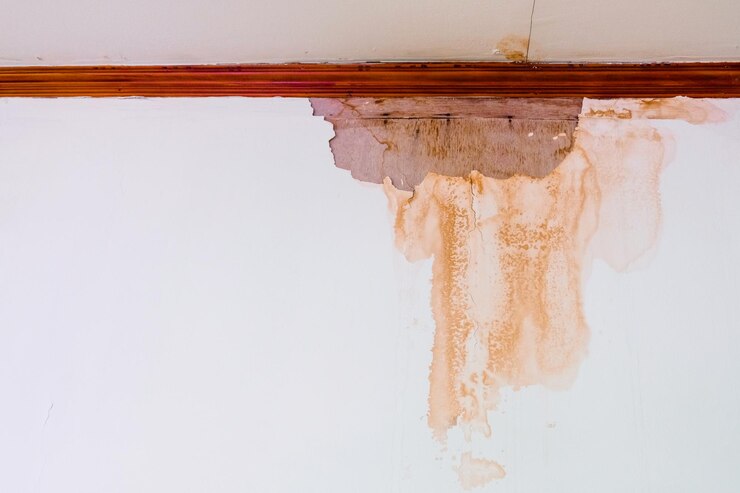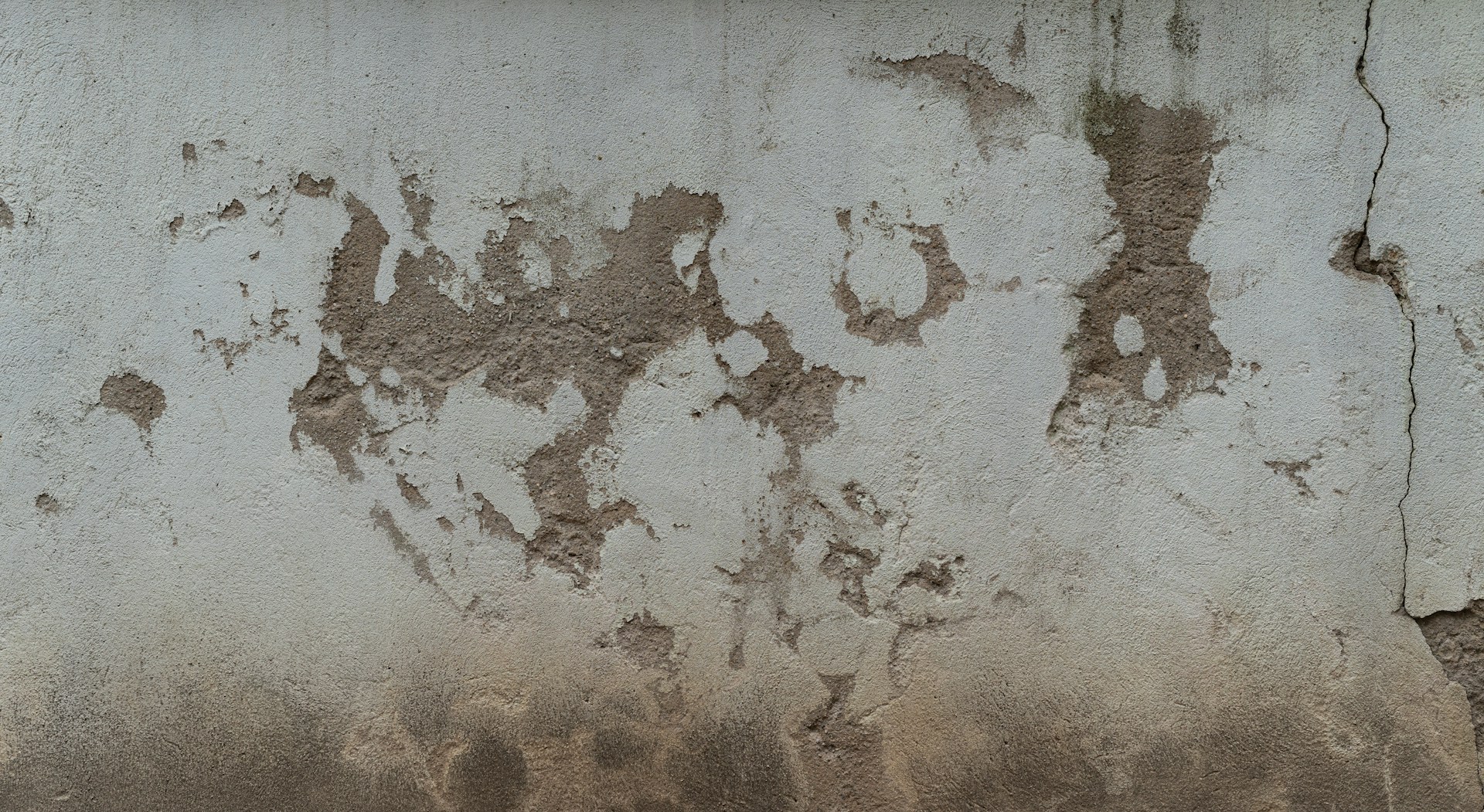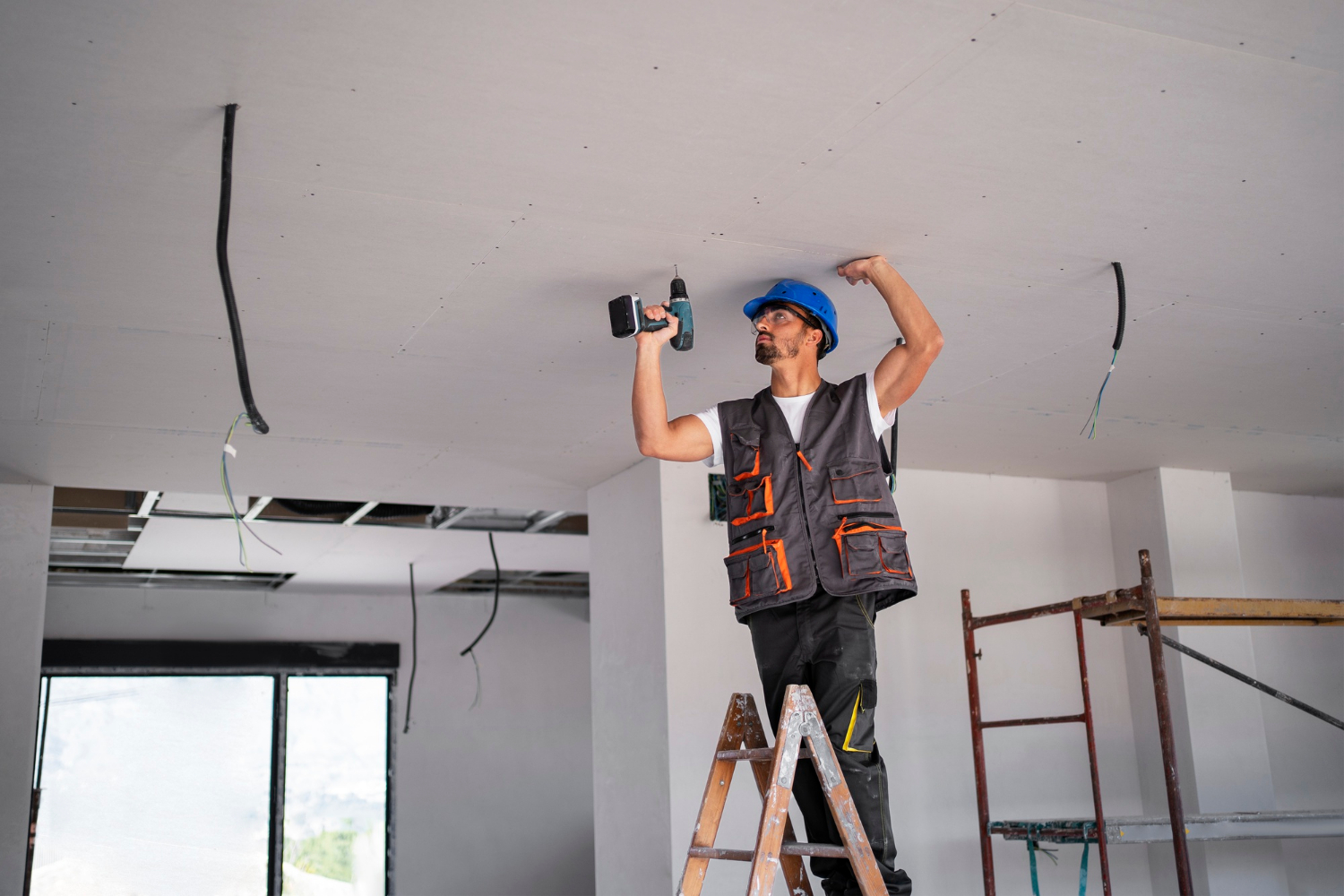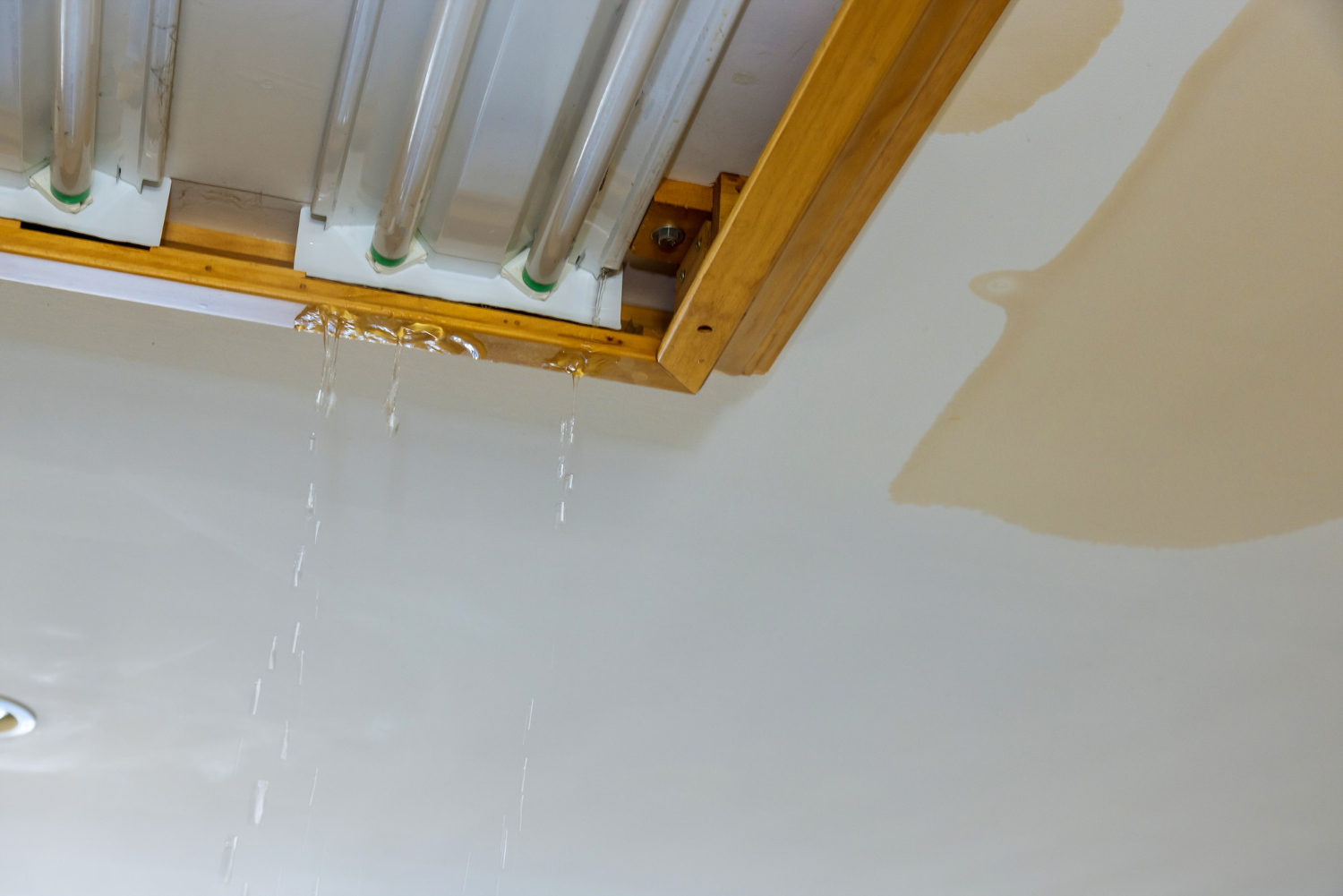Water damage can sneak up on homeowners, causing problems that go unnoticed until they become severe. Living in Monterey, with its coastal climate, makes homes particularly susceptible to moisture issues. Recognizing the early signs of water damage is crucial for preventing long-term damage and costly repairs. Knowing where to look and what to see can help you keep your home safe and dry.
Subtle hints, like stains or a musty smell, might indicate that water is lurking where it shouldn’t. It’s easy to overlook these signs, but doing so can lead to larger problems, like structural damage or mold growth. By identifying these warning signals early, you can save time and money by addressing the issues before they escalate.
Spotting water damage is about taking notice of the small details and knowing where water might be hiding. Check high-risk areas like attics and basements, where leaks and dampness often occur. Being proactive in detecting water issues ensures that your home remains a cozy and healthy place for you and your family.
Common Signs of Water Damage
Spotting water damage early is key to preventing bigger problems. One of the most obvious signs is stains and discoloration on walls and ceilings. These stains often appear as yellowish-brown spots and can vary in size. They indicate that water is seeping through from the other side of the wall or ceiling. If you see any unusual spots, it’s important to investigate further to find the source of the leak.
Another telltale sign of water damage is a musty odor. This smell is often described as earthy or damp and usually means mold or mildew is present. Mold thrives in wet environments, and its presence suggests ongoing moisture problems. As mold grows, it releases spores that contribute to the unpleasant smell. If your home suddenly smells damp or musty, it’s crucial to find the source of the moisture before it spreads.
Check for warped or soft spots on floors. Water can cause wood to swell and warp, and it may feel unnaturally soft or spongy underfoot. Pay attention to any unexplained changes in the texture or appearance of your flooring, as these might signal hidden water issues.
Remember, watching for these signs and acting quickly can help you avoid more extensive repairs in the future.
Check High-Risk Areas
Certain areas in the home are more prone to water damage. Start by examining your attic and basement. These spaces are often out of sight and can easily develop leaks. In the attic, check the roof’s underside for any signs of leaking, like water stains or mold. Look at the insulation to ensure it is dry and in good condition.
In the basement, look for cracks in the foundation and check for standing water or dampness. Basements tend to be more humid, so monitor for any changes in smell or temperature that could hint at water intrusion.
Next, move to the kitchens and bathrooms. These areas see a lot of water use, making them hotspots for leaks and drips. Check under sinks for any moisture or signs of leaking. Look around toilets, showers, and tubs for water pooling or moisture buildup. Sealant around tiling or fixtures can deteriorate over time, allowing water to seep in unnoticed.
Be sure to also check appliances. Washing machines, dishwashers, and refrigerators can leak if hoses or pipes become loose or damaged. Regularly inspecting these appliances helps you spot leaks before they cause significant damage. Keeping a close watch on these high-risk areas helps you stay one step ahead of potential water damage issues.
Identify Hidden Water Damage
Sometimes, water damage isn’t obvious at first glance. Identifying hidden water damage can save you from significant repairs later. One clear sign is warped floors and buckling wood. If the floor feels uneven or looks wavy, water might be the cause. Moisture causes wood to expand and contract, leading to noticeable changes or gaps between floorboards. Pay attention to flooring near bathrooms, kitchens, and basements, as these areas are more prone to water issues.
Peeling paint and wallpaper can also signal hidden water damage. When walls are exposed to moisture, the paint might bubble, peel, or crack. Wallpaper may begin to loosen or ripple. These changes often happen because water gets trapped behind the wall surface, causing the adhesive to weaken. If you notice peeling or bubbling, check for moisture around windows, ceilings, or pipes. Early intervention can prevent further issues, such as mold growth or structural damage.
Keep an eye on your home’s exterior, too. Check for any signs of water intrusion such as deteriorating siding or roof leaks, which can lead to interior water problems. Regular maintenance and quick action can help you spot and fix these hidden water problems before they worsen.
Tools and Techniques for Detection
Modern tools can make detecting water damage easier and more precise. Moisture meters are handy gadgets that measure the amount of moisture in materials like wood, drywall, and concrete. By using a moisture meter, you can quickly identify areas with high moisture levels that aren’t visible to the naked eye. These tools help pinpoint problem areas before they develop into noticeable damage.
Infrared cameras are another effective tool for spotting water damage. They work by detecting temperature differences in materials. Since wet areas tend to be cooler than dry ones, these cameras can show wet spots hidden behind walls or ceilings. This technology is especially useful for finding leaks or trapped water that might lead to mold growth or structural issues.
In addition to tools, using your senses can be helpful too. Listen for the sound of dripping or running water, even if it seems faint. Sometimes, a small leak can signal a larger issue. Routinely inspecting your home and using the right tools can help you tackle potential water damage problems early, keeping your home safe and well-maintained.
Conclusion
Preventing water damage in your Monterey home is all about being proactive. By knowing what signs to look for and where to find them, you can address water issues before they become major problems. Checking high-risk areas like attics, basements, kitchens, and bathrooms regularly keeps your living space secure. Don’t forget to use helpful tools such as moisture meters and infrared cameras to ensure you don’t miss hidden damage.
Early detection of water problems can save you time, money, and peace of mind. Proper maintenance and vigilance protect your property and create a healthier environment for you and your family. Being aware of potential water damage keeps your home in top shape, avoiding larger headaches in the future.
If you suspect water damage or want a professional inspection, reach out to All Around Home Solutions. Our team of experts can help you identify and resolve any water damage to ensure your home remains a safe haven. Don’t let hidden issues catch you off guard—contact us today for water damage restoration services.

